What is UX Design and why should you care?
What is UX Design and why should you care?

The term ‘User Experience’ or ‘UX’ has grown in prominence recently and you may have wondered exactly what it means. More importantly, what it could mean for your organisation.
The ‘User Experience’ is the experience that a person has when interacting with a product or service. This can be a positive or a negative experience. In fact, we are not only talking about the interaction with a particular product or service, but the idea that this experience is explicitly linked with the way that a person perceives the organisation as a whole because of their interaction with one particular ‘thing’ the organisation offers.

When we talk about User Experience Design, it is the design of the experience that we are creating for our users. We can design this experience to be good or bad, depending on how we approach things, how much groundwork we’ve done, how systems integrate and sometimes how amenable an organisation is to change.
User Experience (UX) Design is also different to User Interface (UI) Design. UI design is how a ‘thing’ looks (whether it be a product, service or website), whilst UX design is the overall feel and function of the ‘thing’.
Online, designing a great looking website is one thing but if a user leaves feeling that interactions were frustrating, or that content simply was hard to find, then they will be left with a bad user experience and may be reluctant to return.
Likewise, if the website has easy and intuitive interactions, is not overwhelming and responds to the user’s needs, then the user experience will be great and the user will not only come back but are more likely to tell all their friends about what a great experience they had.
How do we create a great User Experience?
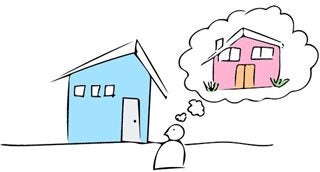
Think of it as building a house…
First you must have the right foundations, the reason for building the house (eg. to have a place to live or to make money from rent)...
...the house is then designed and all materials are specified. Then the walls go up, and this needs to happen in a certain order (ie before the windows are put in)...
...finally the paint goes onto the walls.
Only then does a person actually move into the house and feels what it's like to live there.
If you get to the end of the process and it turns out you wanted the windows bigger to let in more light, then you literally have to go back to the drawing board or create a plan for the resolving the problem in another way (ie maybe you can add a skylight instead). However, this solution must not hamper your user experience of living in the house. Careful planning and research into the average size of windows for a house may have avoided this situation from occurring in the first place.
The staged approach
Going back to basics, the User Experience on a website is created in stages and each stage builds on the one before. Skipping a step in the process can achieve an end result that is less than optimal.
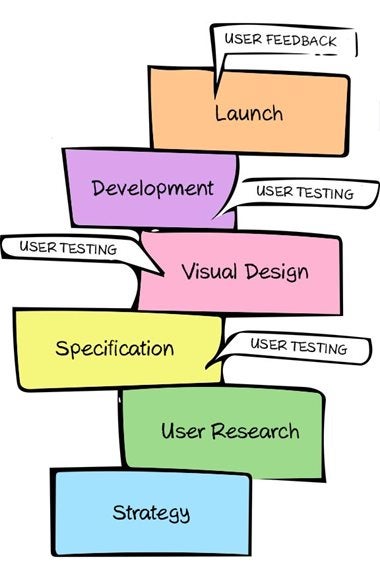
The process for a website build looks something like this:
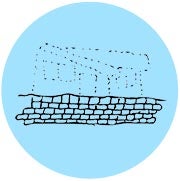 | 1 / Strategy Development Defining the requirements from a business perspective, including consultation with stakeholders; an analysis of the current site, competition and industry; as well as defining overall product goals. |
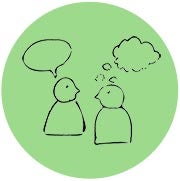 | 2 / User Research Gathering requirements from the people who are (or will be) actually using the product or service.This can consist of user interviews and surveys and internal knowledge of teams within the business. This is specifically to gather the insight of what the user can expect from the product. |
 | 3 / Specification and Architecture This builds upon what we know the strategy of the site to be and what we’ve learnt from users. At this stage wireframes should be created to start to shape the site in terms of information and content structure. |
 | 4 / Visual designs Having prepared well with the business strategy, user research and the specification for the site, there should be a clear idea of what the visual language will need to convey. |
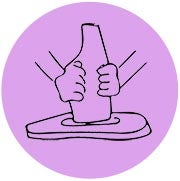 | 5 / Development Development of the site, including building all functionality and integrating with third party and internal systems. The specification and design leads this stage of the process. |
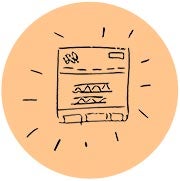 | 6 / Launch This is the time to gather user feedback and make improvements to the product or service, or processes surrounding it, to keep improving the user experience. |
User testing and iterating
Throughout the process of defining the user experience, user testing should be conducted. This testing can be done at various stages of the process. Different aspects can be tested, such as meeting the needs of the user, appealing design or easy interactions.
After each round of testing results should be analysed and tweaks made to the way the product or service works if necessary.
This is also the basis of an agile approach to development - writing user journeys, creating interactive prototypes of those journeys, then analysing and iterating what has been created.
Integrating you product or service into the business
Usually products and services are not created as stand-alone items, but are part of a bigger business picture. Where and how the product fits into the business is very important (as defined in the strategy at the beginning of the process). What is also important is which other processes are supporting the product or service. This means having processes in place for shipping items from an online store or printing tickets sold online. How these offline processes work all adds to the user experience.
What it means to have a less than awesome user experience
Sites on the web as a whole are improving day by day and users are also more savvy than they were five years ago. Users expect to have a great experience online and if they don’t, they can often go elsewhere to find information, buy products or simply interact with a company that cares about their image and the experience it gives their users.
By not providing a great experience, at best, you will end up with frustrated customers that will use your site reluctantly, return but never tell their friends about it (throw free marketing out the window!). At worst, you can lose customers, never to return and you will have to spend marketing dollars to encourage them to come back.
If you have a great user experience in the way that your organisation presents itself online and offline (your brand) then you could potentially have a customer for life or, better yet, start a cult with your products (hey Apple, here we come!).
That’s why you should care about UX design. Not only online but in all aspects of your business.
Stay tuned for…..
Part 2: Things that can hamper the User Experience and how to avoid them.
Insights and the details of this process are explained in the fabulous book about this topic: The Element of User Experience by Jesse James Garrett .

